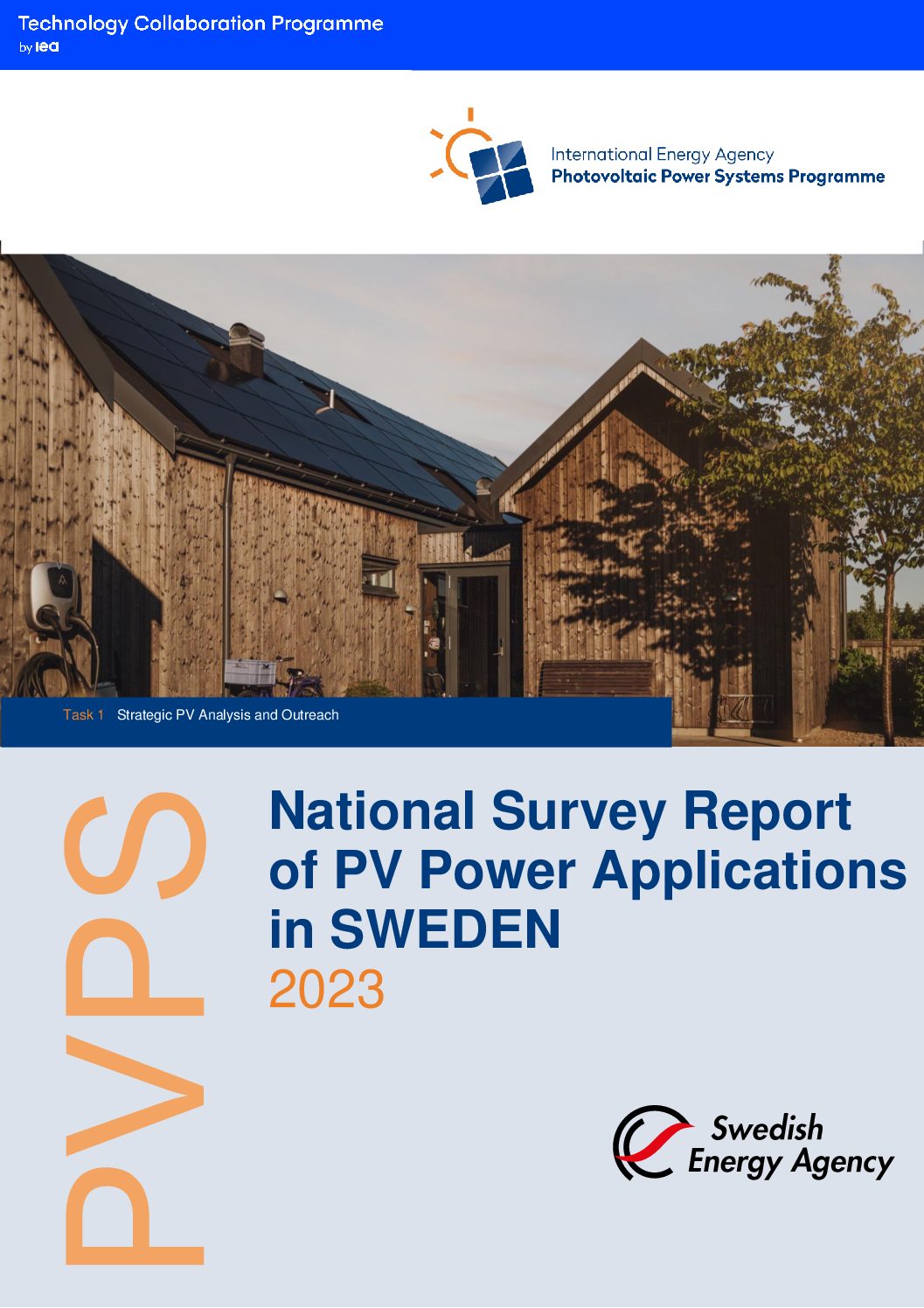This report provides an in-depth analysis of the rapid growth and development of photovoltaic (PV) power systems in Sweden, highlighting significant milestones, market trends, and future prospects.
Key Highlights:
- Record Growth in PV Installations: In 2023, Sweden added 1 600.9 MW of grid-connected PV capacity, marking a 101% increase from the 796.6 MW installed in 2022. This surge includes approximately 67.6 MW from centralized ground-mounted PV parks and 1 533.3 MW from distributed PV systems, predominantly for self-consumption.
- Total Installed PV Capacity: By the end of 2023, Sweden’s total installed PV capacity reached nearly 4 000 MW, a 67% increase from the previous year. This growth continues the strong upward trend seen over the past five years, underscoring Sweden’s commitment to expanding its renewable energy portfolio.
- Geographical Distribution and Market Segmentation: The report reveals that the majority of PV installations are concentrated in the southern parts of Sweden, with Gothenburg, Uppsala, and Linköping leading in total installed capacity. The residential sector remains the dominant market segment, driven by the self-consumption business model, supported by favorable policies and incentives.
- Competitiveness and Economic Impact: Despite global challenges, Sweden’s PV system prices decreased in 2023, with small residential systems seeing a significant 22% price drop. This decline, coupled with stable financial incentives, has made PV systems more accessible and cost-effective for a wider range of consumers.
- Policy and Regulatory Environment: The report outlines the current policy framework supporting PV development in Sweden, including the impact of the renewable electricity certificate system and the tax deduction for green technology. While there is no official national target for PV installations, the ongoing support measures and market dynamics suggest continued strong growth in the coming years.
